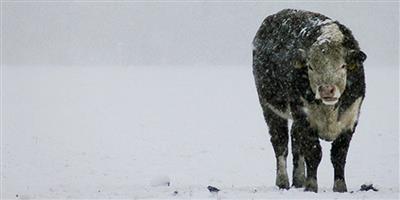by Anton Bekkerman, associate professor in the Department of Agricultural Economics and Economics at Montana State University
Originally published January 4,
Ready to start 2017? If you’re a cattle producer, then you’re likely answering that question with a resounding YES!
Indeed, between January 2015 and January 2016, feeder cattle futures prices dropped from approximately $225 per hundredweight to $167 per hundredweight, a 26{73205e5fd8edf14435f3e2e65a2beea89873ca1d4142610a26265edfe9982562} reduction. And as we near January 2017, prices are hovering right around $130 per hundredweight, representing an additional 22{73205e5fd8edf14435f3e2e65a2beea89873ca1d4142610a26265edfe9982562} year-on-year slide. But, despite futures prices being helpful in indicating overall market trends, they are not very informative for understanding how these price reductions may have differed across different locations.
Using historical sales price data from beefbasis.com, I put together a quick characterization of the extent of the spatial distribution of feeder cattle price changes. The first figure below shows the change in the sales volume-weighted average prices across Great Plains states between 2011-15 and 2016.
Chart notes: Data are from beefbasis.com and represent monthly sales prices at auctions for 550-600 pound, 1-2 class, medium and large frame steers. Annual averages for each state are calculated by weighting each reported price by the proportion of cattle sold at the sales location relative to all cattle sold in the state during a particular year.
Without more historic price data across the Great Plains states, it’s difficult to know whether this spatial distribution of price changes is consistent across time or a one-time behavior. But it’s certainly worth keeping an eye on when another price run-up and eventual decrease occurs.
Dr. Anton Bekkerman is an associate professor in the Department of Agricultural Economics and Economics at Montana State University, joining the faculty in 2009 after completing his





